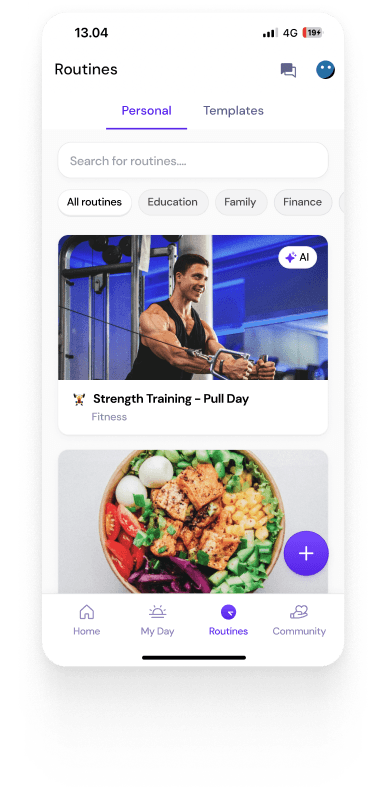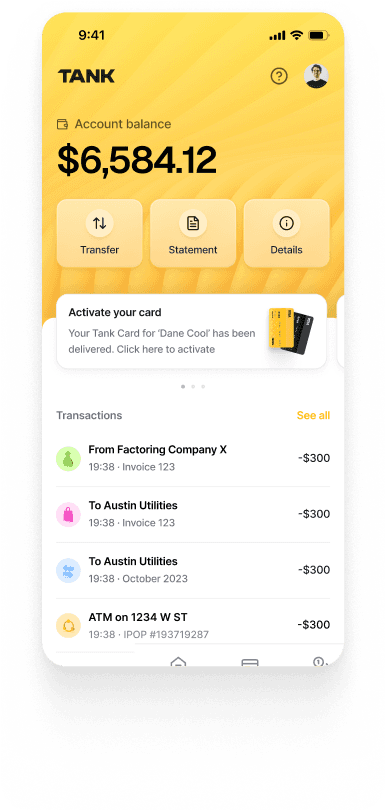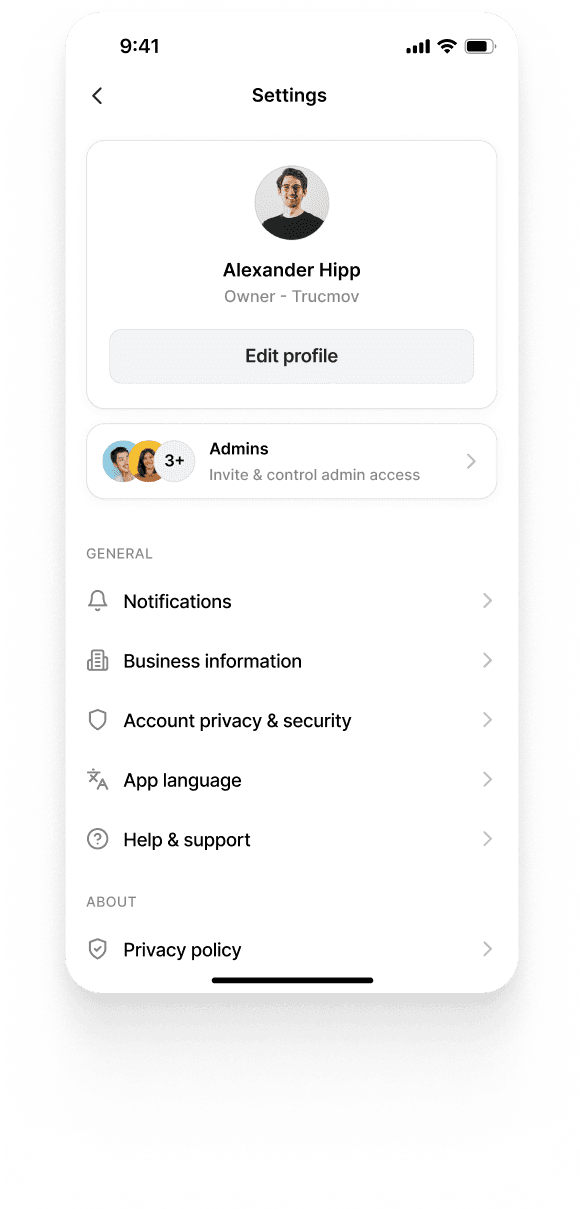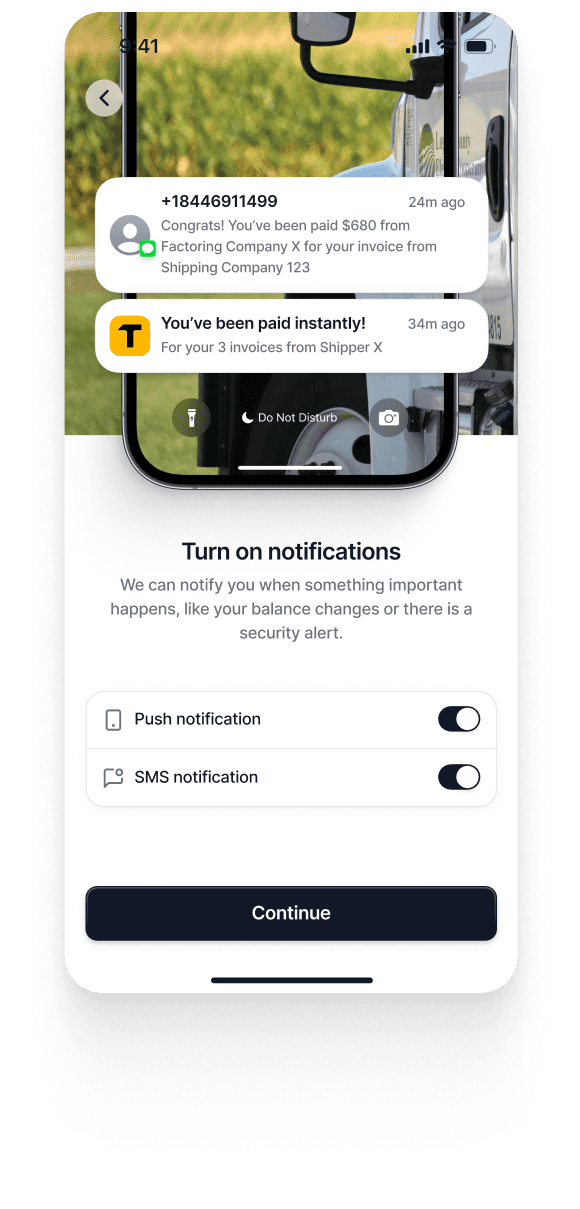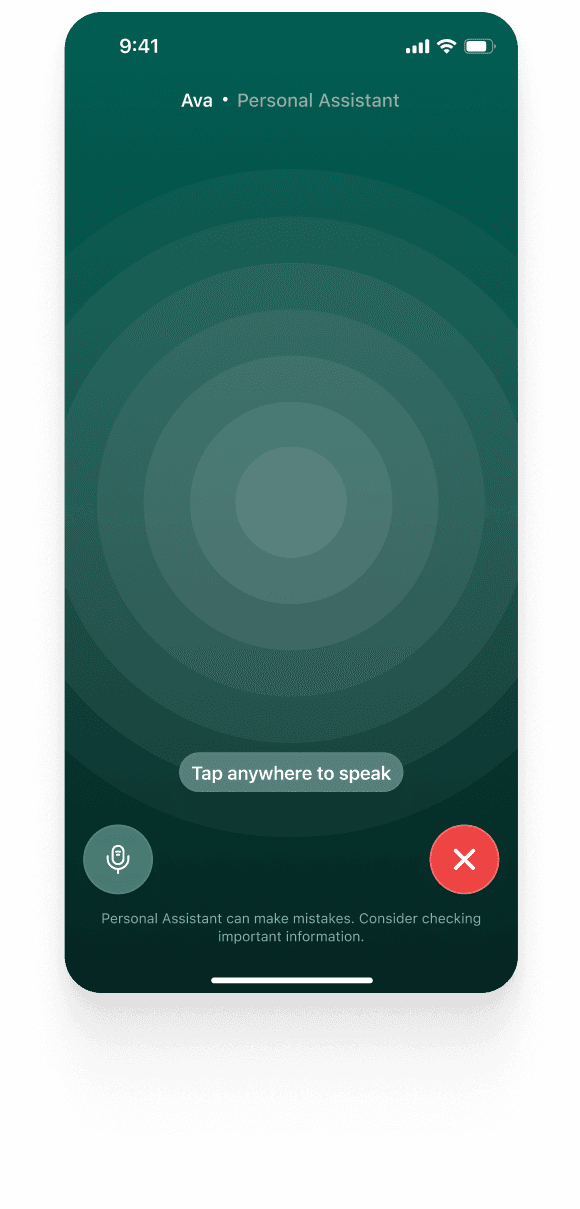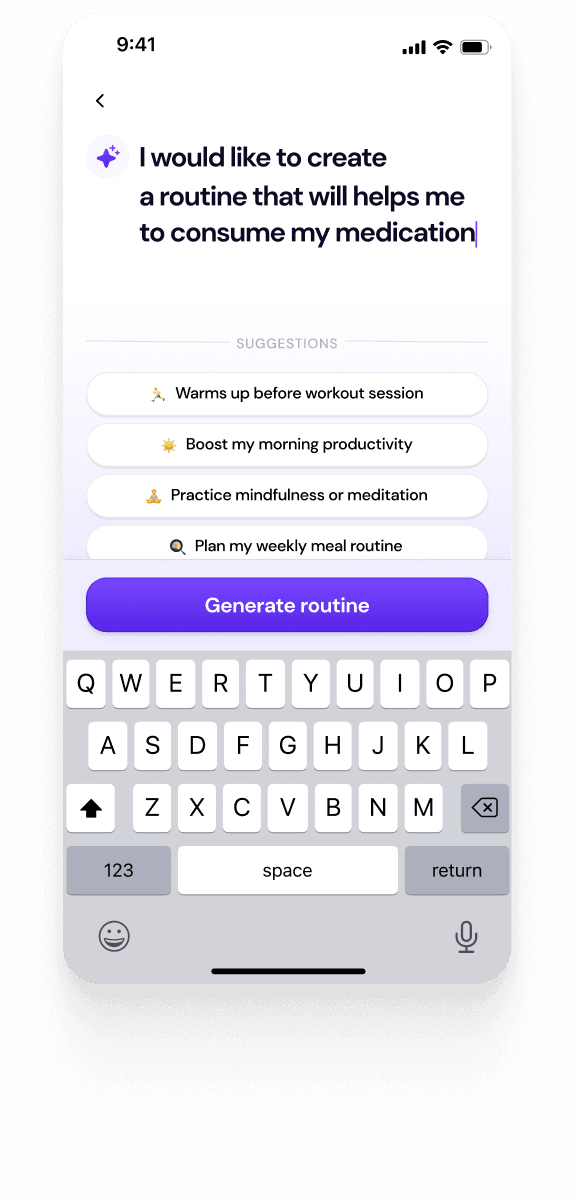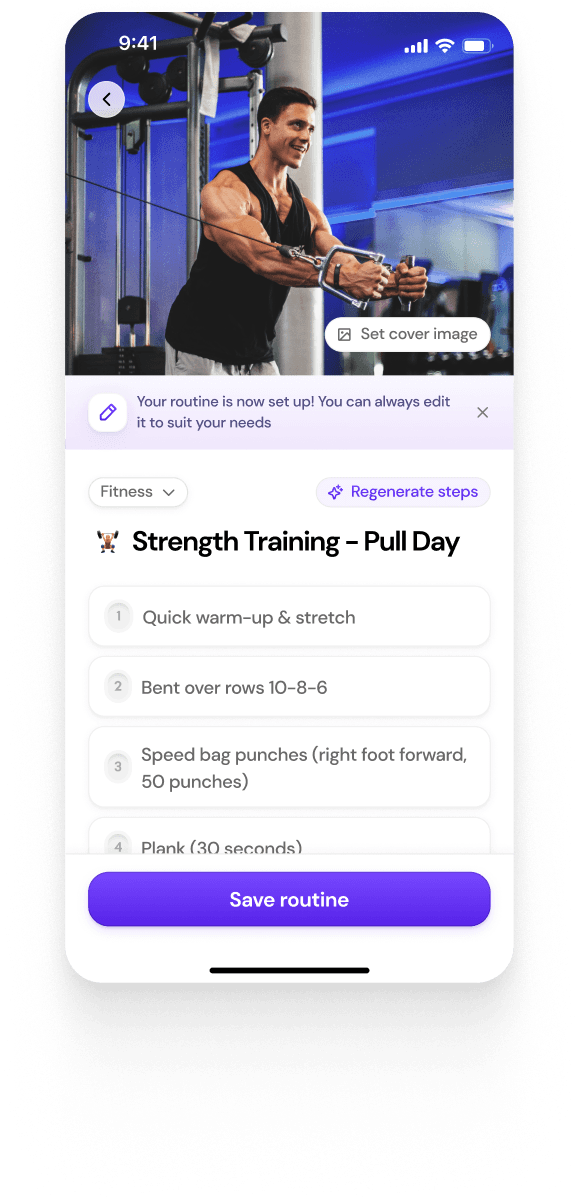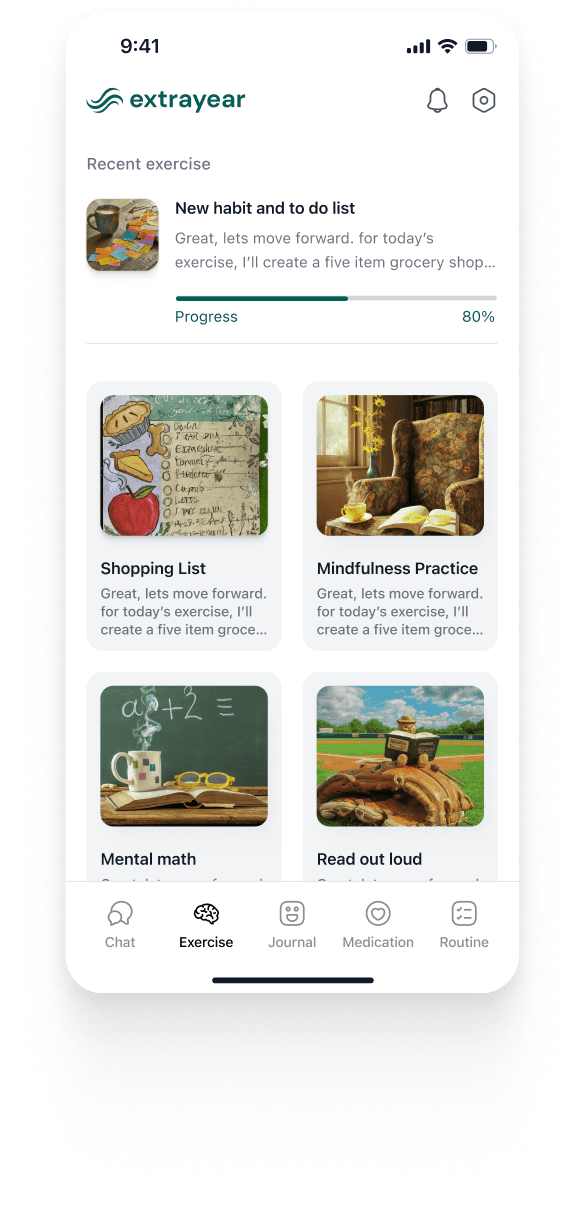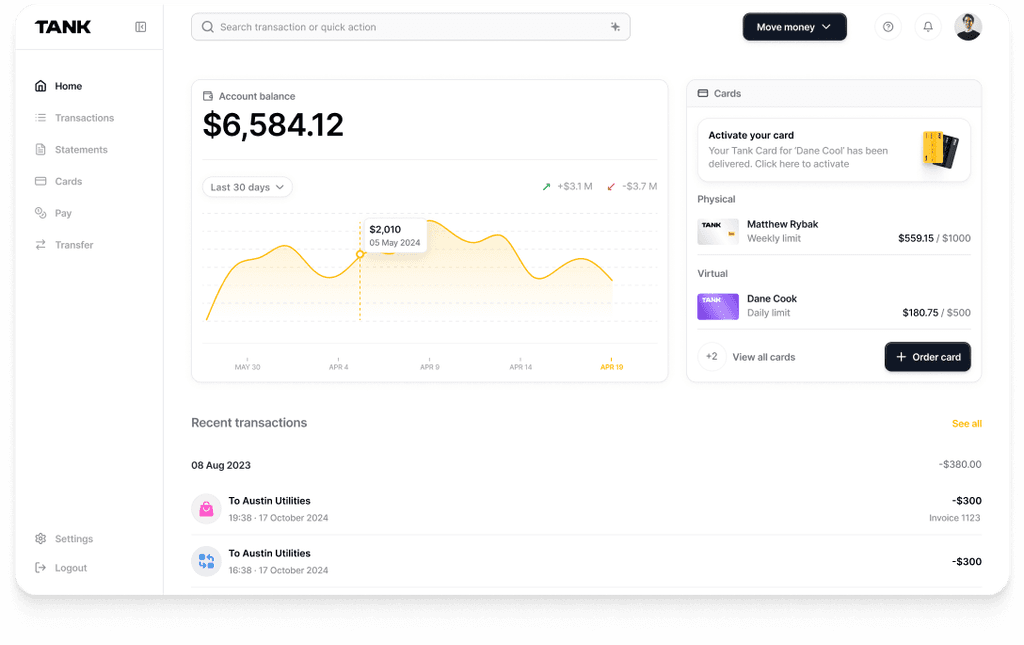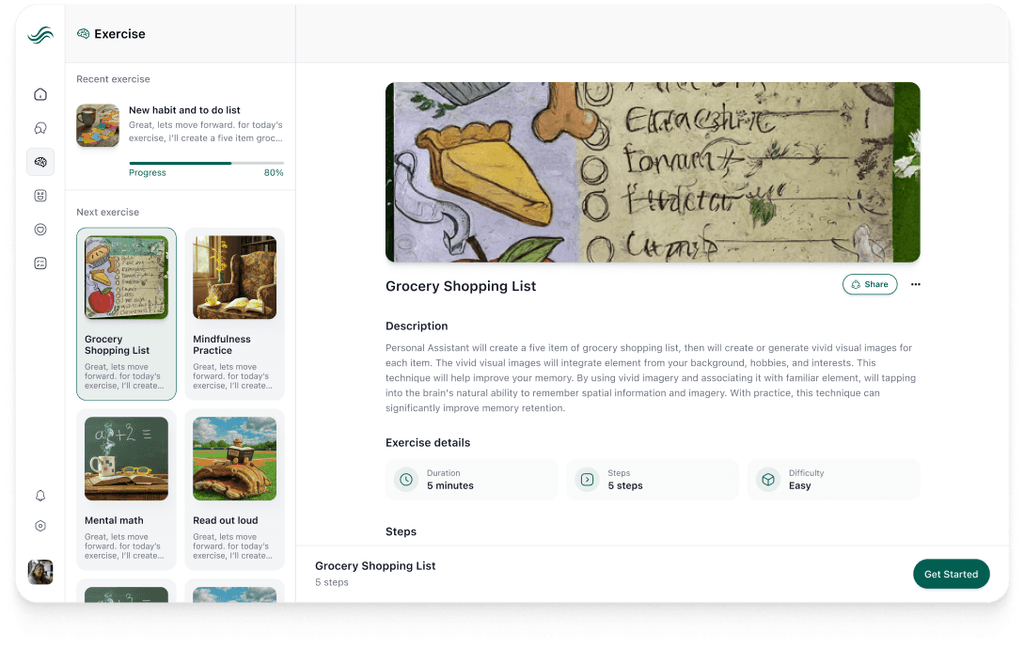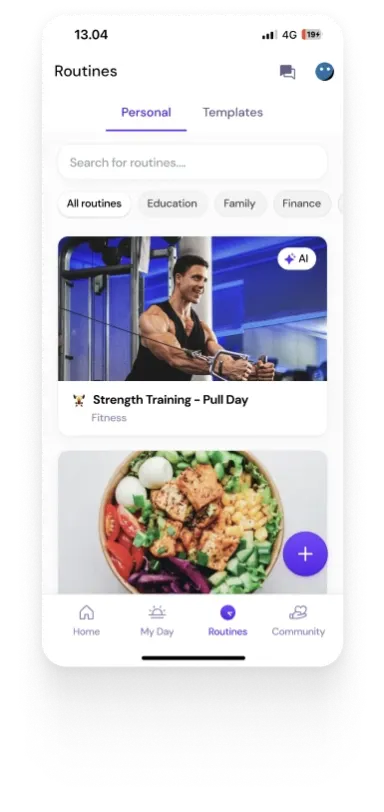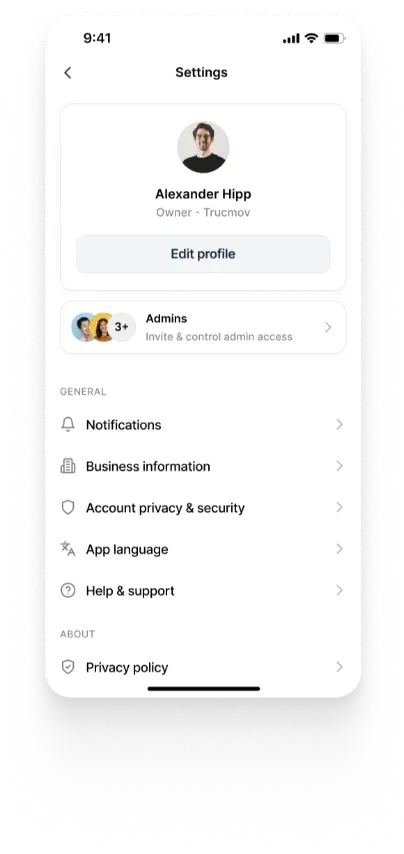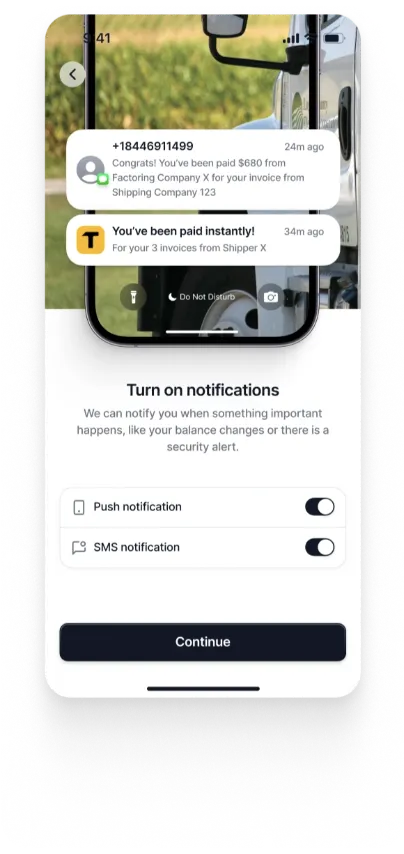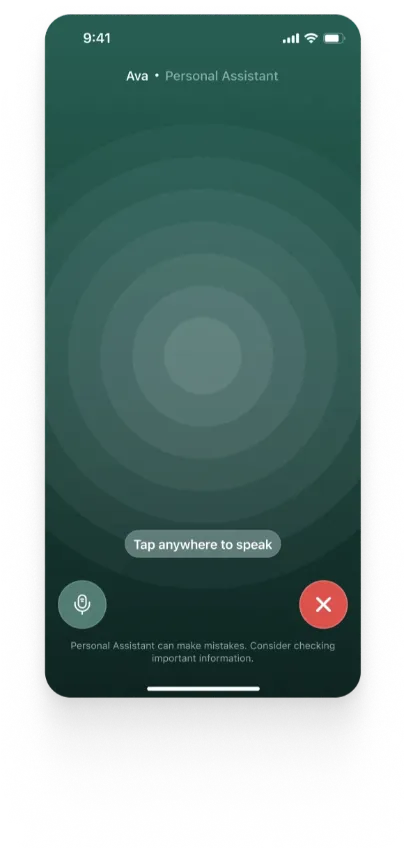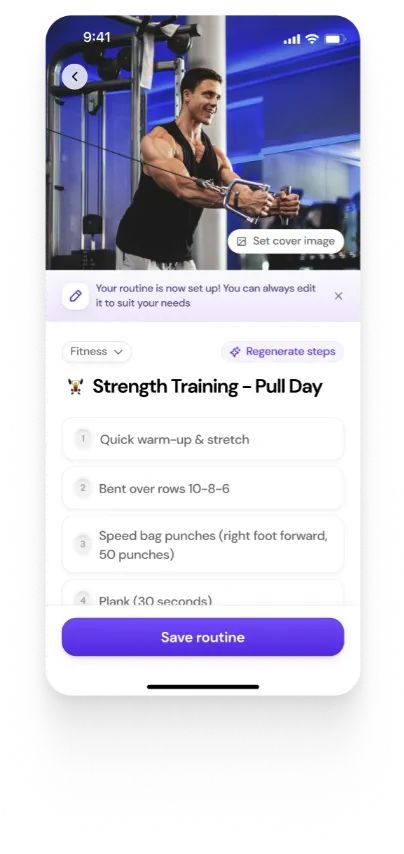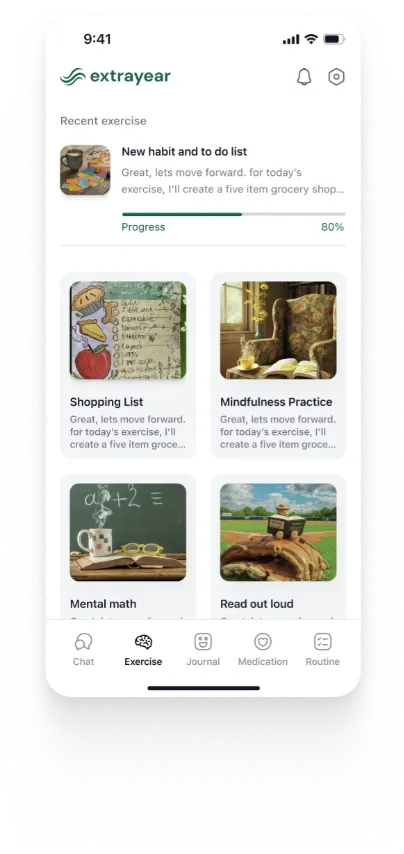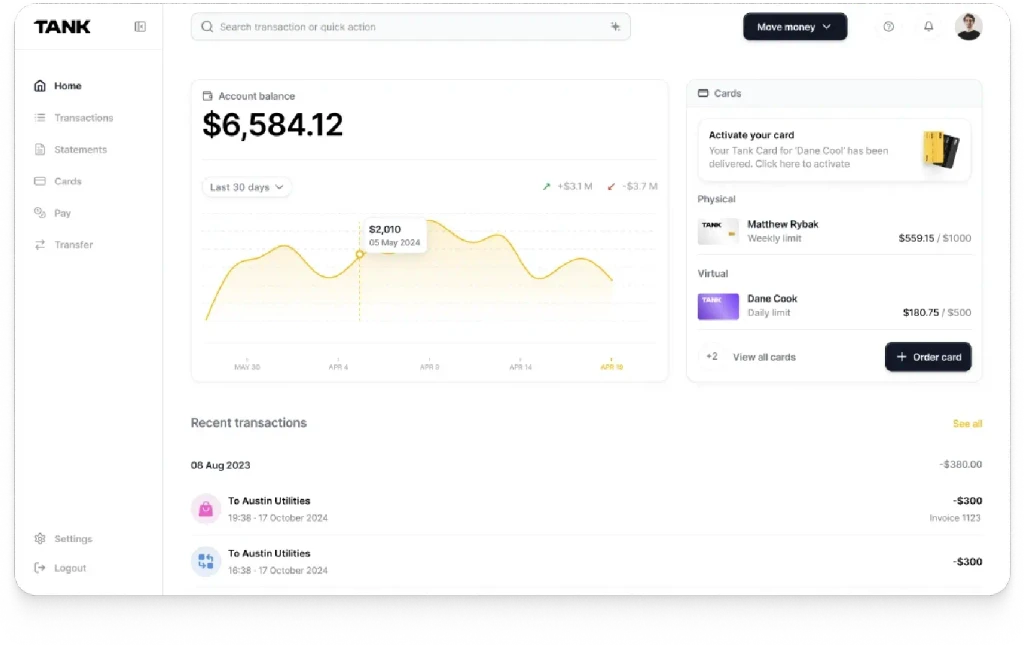AI Observability Stack for Monitoring and Debugging LLMs
Summary
AI observability platforms like LangSmith, Langfuse, AgentOps, Arize, and Braintrust enable detailed tracing, debugging, and evaluation of LLM-powered systems. These tools tackle challenges like non-determinism, reasoning transparency, and model drift to improve trust, feedback loops, and performance optimization in AI applications.
Key insights:
Transparency into LLMs: Observability tools reveal decision-making processes, enabling root-cause tracing of AI outputs.
Handling Non-determinism: Tools manage output variability, regression issues, and prompt/model versioning.
Evaluation Beyond Metrics: Platforms include human and LLM-based evaluations for meaningful output assessment.
Workflow Enablement: Developers, ML engineers, and product teams use observability tools to streamline debugging and optimize iterations.
Platform Specializations: LangSmith excels at agent workflows; Langfuse offers open-source flexibility; AgentOps targets multi-agent monitoring.
Scalable Commercial Models: Flexible pricing (freemium, usage-based, open-source) supports startups to enterprises.
Introduction
AI systems powered by Large Language Models (LLMs) introduce new challenges for observability, moving beyond traditional logs and metrics into the complex domains of prompt analysis, reasoning traceability, and output evaluation. Platforms like LangSmith, Langfuse, Azure, AgentOps, and Braintrust have emerged as foundational infrastructure for LLM observability to enable detailed monitoring, debugging, and evaluation of AI behavior. This insight explores these platforms, highlighting their unique features and ideal use cases.
Definition and Value of AI Observability
AI Observability involves monitoring, tracing, debugging, and evaluating AI-driven systems, particularly LLM-based applications, within dynamic production environments. It solves critical challenges such as revealing internal decision processes, managing output variability and versioning, tracing complex errors, and integrating comprehensive evaluations beyond traditional metrics.
Observability is essential for building user trust, accelerating iterations, reducing operational risks, and facilitating efficient feedback loops and model optimization.
1. Key Challenges Addressed by AI Observability
Transparency: AI observability tools provide insights into the otherwise opaque workings of LLMs, identifying trigger points, reasoning paths, and error origins.
Non-deterministic Behavior: Observability enables tracking of output variations, version management, drift detection, and regression analysis.
Complex Debugging: Structured logs and event visibility simplify tracing and addressing complex failures such as hallucinations and incorrect reasoning.
Advanced Evaluation: Traditional metrics are inadequate for LLM evaluation. Observability platforms incorporate automated (LLM-based), human, and custom evaluation methods for more meaningful output assessments.
2. Value Proposition
User and Stakeholder Trust: Enhanced visibility into AI operations facilitates quicker issue resolution and clearer stakeholder communication.
Accelerated Iteration: Identifying bottlenecks and performance patterns promotes effective model tuning and prompt optimization.
Risk Mitigation: Early detection of model drift and potential safety issues prevents public failures.
Enhanced Feedback Loops: Platforms like Braintrust and Langfuse facilitate continuous feedback collection to directly improve model performance.
3. Workflow Enhancement
Developers: Gain comprehensive visibility through live traces, structured logs, prompt versioning, and latency analysis.
ML Engineers: Utilize embedded drift detection, quantitative evaluations, and fine-tuning insights seamlessly integrated into model lifecycles.
Product Teams: Leverage user feedback, A/B test insights, and summarized performance metrics for informed feature development.
AI Agents: Employ real-time monitoring tools to continuously optimize agent behavior and performance.
LangSmith
1. Platform Overview
LangSmith provides unified observability, debugging, testing, and monitoring capabilities tailored specifically for LLM applications. It offers deep agent tracing, automated evaluations utilizing LLM-based judges alongside human feedback, and collaborative prompt management. Real-time monitoring of costs, latency, and output quality is provided with flexible hybrid and self-hosted deployment options.
2. Ideal Use Cases
LangSmith excels in debugging complex workflows, evaluating prompt and model variations, and effectively monitoring production environments.
3. Commercial Analysis
LangSmith employs a freemium model scaling with usage and team size. It provides a free developer tier with additional paid plans that support enhanced features and custom enterprise pricing. Its strong integration with LangChain and competitive startup pricing positions it as an accessible and commercially viable option for diverse teams, from hobbyists to large enterprises.
Arize
1. Platform Overview
Arize delivers comprehensive ML observability suited for traditional ML and modern LLM-driven applications. Key features include advanced drift detection, interactive performance tracing, embedding drift monitoring, and strong data curation capabilities.
2. Ideal Use Cases
Arize is optimal for monitoring diverse ML tasks, managing drift and bias issues, and improving model performance through targeted data management.
3. Commercial Analysis
Azire offers a flexible pricing model, blending open-source and SaaS options, catering to individual developers, startups, and large-scale enterprises. With extensive compliance features, Azure suits regulated industries, and its hybrid model provides significant commercial flexibility.
Langfuse
1. Platform Overview
Langfuse offers an open-source observability stack specifically optimized for LLM developers. It features unified tracing, evaluation, and prompt management within a collaborative workspace. Langfuse supports extensive framework integrations and maintains critical security and compliance certifications.
2. Ideal Use Cases
Langfuse is ideal for detailed LLM workflow monitoring, iterative development, and environments requiring flexible, compliant deployment solutions.
3. Commercial Analysis
Langfuse’s pricing ranges from free to enterprise-level, employing a usage-based model supplemented by add-ons for teams requiring advanced compliance and security features. It strategically leverages open-source and self-hosted options, enhancing adoption and integration into developer workflows.
AgentOps AI
1. Platform Overview
AgentOps AI specializes in AI agent observability, providing detailed monitoring with session replays, event timelines, and comprehensive token and cost tracking across numerous LLM models and frameworks.
2. Ideal Use Cases
AgentOps is particularly effective for debugging multi-agent interactions, fine-tuning agent performance, managing LLM-related costs, and supporting compliance and auditing in enterprise environments.
3. Commercial Analysis
AgentOps utilizes a usage-based SaaS pricing structure, accommodating growth in agent volume. With clear upgrade paths from basic to enterprise-level features, AgentOps emphasizes enterprise readiness, including compliance with industry standards such as SOC 2 and HIPAA.
Braintrust
1. Platform Overview
Braintrust provides structured evaluation frameworks tailored for rigorous experimentation and evaluation of LLM applications. It supports customizable scoring mechanisms, real-time tracing, and performance monitoring to enable collaborative insights across stakeholders.
2. Ideal Use Cases
Braintrust is suited for teams seeking standardized testing protocols, comprehensive real-time evaluations, and cross-functional collaboration to refine LLM performance.
3. Commercial Analysis
Braintrust’s usage-based pricing structure offers transparency and flexibility to accommodate teams from prototyping to enterprise scale. Its strengths in evaluation and scoring fill a unique compared to platforms more focused on tracing or prompt management.
Conclusion
In conclusion, selecting an AI observability platform significantly depends on organizational requirements, team workflows, compliance considerations, and the unique challenges presented by LLM-driven applications. Understanding each platform’s detailed capabilities, commercial structures, and ideal scenarios allows organizations to make informed decisions, optimizing their AI strategies towards achieving robust, trustworthy, and high-performing AI systems.
Authors
Build Smarter AI Systems with Confidence
Walturn helps you engineer resilient AI systems with robust observability, seamlessly integrating evaluation, tracing, and debugging workflows.
References
“AgentOps.” AgentOps, 2025, www.agentops.ai/.
“Arize AX for ML Observability.” Arize AI, 13 Mar. 2025, arize.com/ml-cv-observability.
“Braintrust - Ship LLM Products That Work.” Braintrust, 2025, www.braintrust.dev/.
“Home.” Getweave.com, Weave, 2019, www.getweave.com/.
“Langfuse.” Langfuse.com, 2022, langfuse.com/.
“LangSmith.” Www.langchain.com, www.langchain.com/langsmith.














